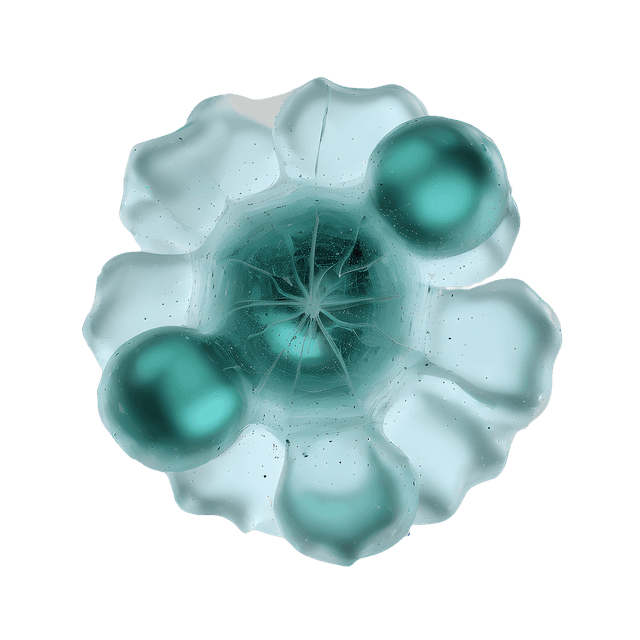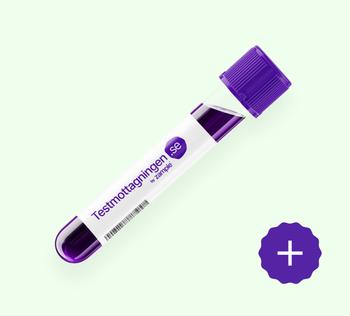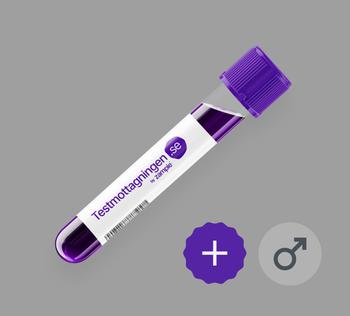What is Pt-eGFR (crea) relative?
Pt-eGFR (crea) relative is a parameter used to assess the kidney function of an individual. Relative Pt-eGFR (crea) is a measure of kidney function that is compared to a reference group based on age and gender.
Glomerular filtration rate (GFR) is a measure of how effectively the kidneys clear the blood of waste and toxins by filtering the blood through the smallest units in the kidneys, the glomeruli. Pt-eGFR (crea) relative takes into account the patient's age and gender to provide a more accurate estimate of kidney function compared to a general reference group.
Why do you estimate Pt-eGFR (crea) relative?
By using Pt-eGFR (crea) relative, doctors can gain a better understanding of an individual's kidney function and identify any abnormalities or diseases in the kidneys. This can be helpful in the diagnosis and treatment of kidney-related conditions and can also be used to monitor the effectiveness of certain treatments or medications that affect kidney function.
It is important to note that Pt-eGFR (crea) relative is only an estimate of kidney function and not an absolute indicator. If necessary, further examinations and tests may be required to obtain a more detailed assessment of kidney function.
What can high value of Pt-eGFR (crea) relative indicate?
A high estimated value of Pt-eGFR (crea) relative may indicate an improved kidney function or an excessive filtration capacity of the kidneys. It can be a positive sign and indicate that the kidneys are working effectively and cleaning the blood of waste and toxins in a good way. High values can also be seen in temporary conditions such as increased fluid intake or the use of certain medicines.
What can a low value of Pt-eGFR (crea) relative indicate?
A low estimated value of Pt-eGFR (crea) relative can indicate a reduced kidney function. It may indicate that the kidneys are not filtering the blood properly or have a reduced ability to eliminate waste and toxins. Low values can be a warning sign of kidney disease or other health problems that affect kidney function. It may also be associated with aging, certain medical conditions or the use of certain drugs that adversely affect kidney function.
It is important to note that Pt-eGFR (crea) relative is an indicator and further investigation may be needed to determine the exact reason for any high or low values. Kidney tests and other clinical examinations can help get a more complete picture of kidney function and help doctors make a correct diagnosis and take appropriate measures.




























